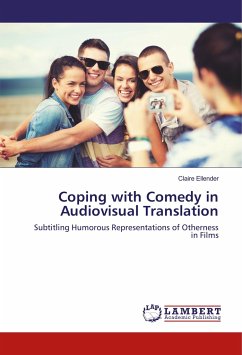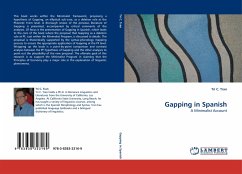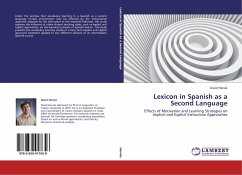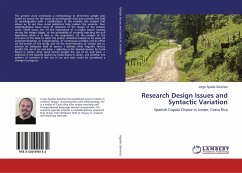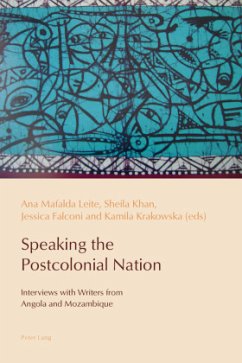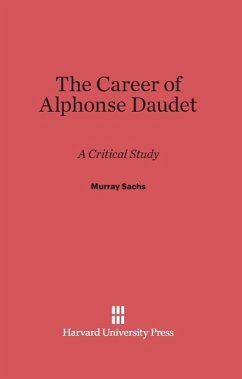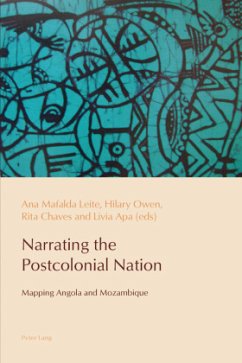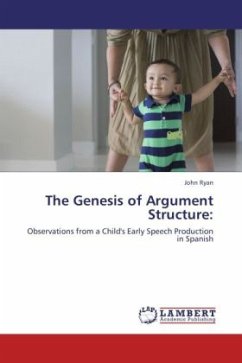
The Genesis of Argument Structure:
Observations from a Child's Early Speech Production in Spanish
Versandkostenfrei!
Versandfertig in 6-10 Tagen
45,99 €
inkl. MwSt.

PAYBACK Punkte
23 °P sammeln!
The Genesis of Argument Structure follows the acquisition of argument structure and the verb phrase from the earliest stages of language production of one monolingual child learning Peninsular Spanish. Utilizing longitudinal data from the Irene corpus of the Child Language Data Exchange System (CHILDES), specific attention is paid to three areas of emergence: 1) argument-specific verb types, such as unaccusatives, unergatives, and transitives; 2) various morphological forms of the verb produced by the child, particularly tensed and non-tensed forms such as imperatives and infinitive expression...
The Genesis of Argument Structure follows the acquisition of argument structure and the verb phrase from the earliest stages of language production of one monolingual child learning Peninsular Spanish. Utilizing longitudinal data from the Irene corpus of the Child Language Data Exchange System (CHILDES), specific attention is paid to three areas of emergence: 1) argument-specific verb types, such as unaccusatives, unergatives, and transitives; 2) various morphological forms of the verb produced by the child, particularly tensed and non-tensed forms such as imperatives and infinitive expressions; and 3) the position of overt arguments. The data of this study suggest that arguments may be acquired in the order of Theme, Agent, and Experiencer. Earliest verb types produced were Theme-oriented. These were followed by Agent-only structures with no overt arguments. Also important is the early correlation found between morphological form and degree of agentivity of the verb, where verbswith Agent subjects exclusively appeared in the imperative and Theme-oriented verbs appeared primarily as tensed forms. When overt arguments did start to appear they did so postverbally.





